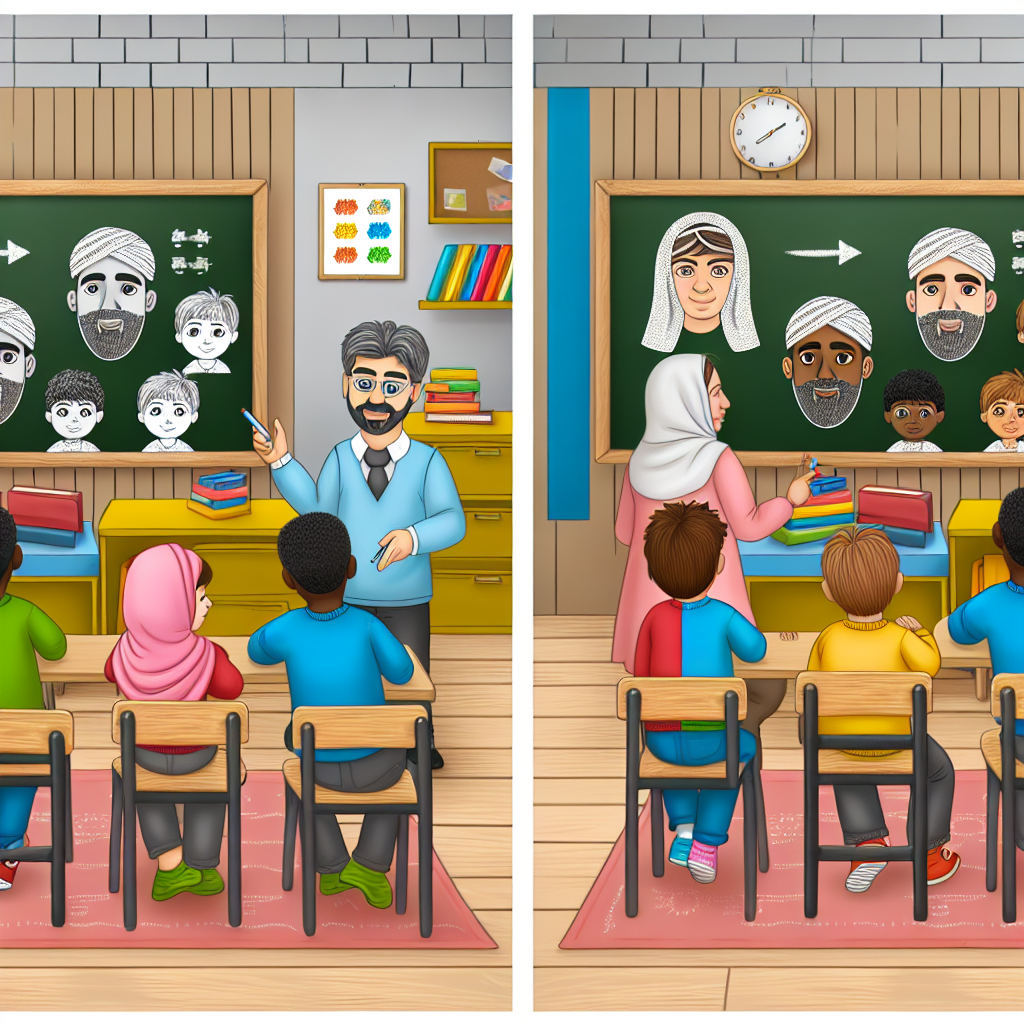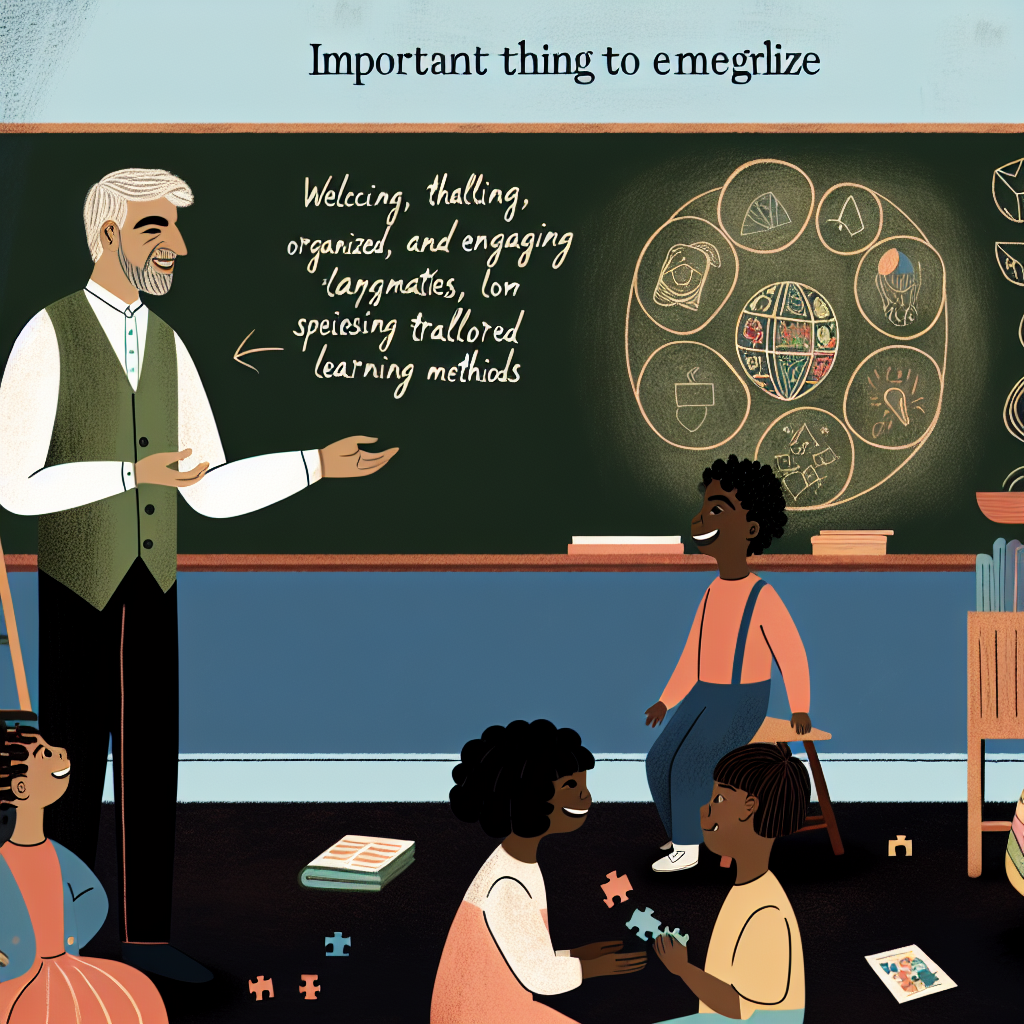# Building the Foundation: Teaching Relational Responding in Children with Autism
When helping children with autism learn language and thinking skills, one powerful tool is Relational Frame Theory (RFT). RFT explains how humans learn language and make sense of the world by relating things together—for example, knowing that a cat is different from a dog or understanding that red and yellow are both colors.
A recent study by Belisle, Lang, Dixon, Harper, and Sellers (2023) shines light on how foundational relational skills can be taught using Applied Behavior Analysis (ABA). These skills are key for developing abstract reasoning, problem-solving, and flexible language. Their study helps us understand how to teach children to respond meaningfully to cues like "same" and "different."
This blog breaks down the core findings and gives practical takeaways for behavior analysts.
---
## Why Foundational Relational Responding Matters
Relational responding forms the core of many advanced verbal and thinking skills. Teaching this helps children:
- Learn abstract and symbolic language.
- Apply concepts across different settings, not just in therapy.
- Understand classroom directions like “Which one is different?”
- Identify social relationships and patterns in the world.
- Build toward more advanced PEAK modules and academic learning.
- Move beyond memorization to actual understanding.
---
## Overview of the Study
Belisle et al. (2023) explored how to teach nonarbitrary relational responding—where kids learn to match or sort things based on how they really look or function, not just by memorization.
- **Design**: Nonconcurrent multiple baseline across participants.
- **Participants**: Three boys, ages 4–5, all with autism.
- **Setting**: ABA clinic using the PEAK Relational Training System (PEAK-T).
- **Measure**: Percent of correct responses without help (independently).
---
## The 3 Phases of Training
### 1. Simple Distinctive Discrimination
In this first step, the goal was teaching children to pick the item that was “different” when shown three pictures.
- Used match-to-sample (MTS) tasks.
- Reinforcement (like praise or a toy) followed correct answers.
- Prompts were removed over time.
**Outcome**: All three children improved. They even responded correctly to new pictures, showing they learned the concept—not just the pictures.
### 2. Conditional Discrimination with “Same” and “Different”
Next, researchers introduced instructions that changed what the child had to do. For example:
- “Point to the one that’s the same.”
- “Find the one that’s different.”
This step involved recognizing whether the cue was asking for sameness or distinction.
**Outcome**: Two of the three children learned quickly. All three generalized the skill to new sets of items. They were responding to the words, not just pictures or patterns.
### 3. Hierarchical/Categorical Sorting
The final phase involved sorting cards into groups based on categories like size or color. This required using both “same” and “different” skills.
- Given cues like “Sort these by color,” the child grouped red items together and yellow items together.
**Outcome**: Again, all participants succeeded and sorted new types of stimuli correctly. This showed high-level relational skill development.
---
## Core Concepts to Understand
To get the most from this study, here are a few terms to know:
- **Relational Frame Theory (RFT)**: Explains how we learn language through relating things.
- **Derived Relational Responding**: Generating relationships between items without direct teaching.
- **Distinction**: Choosing the one that is different (oddity matching).
- **Coordination**: Identifying things that are the same.
- **Match-to-Sample (MTS)**: A way to test or teach by showing one item and asking the learner to pick a match.
- **Conditional Discrimination**: Changing behavior based on a cue, like “same” or “different.”
- **Hierarchical Responding**: Recognizing categories and sorting items based on shared features.
---
## What Did the Results Show?
Each participant made progress:
- **Gerry** learned fast in all three stages.
- **Kurt** mastered the skills quickly and generalized well.
- **Warren** made slower gains but succeeded with support.
Other key outcomes:
- High percentages of correct answers during testing with new items.
- Strong agreement between observers (96%), showing reliable measurements.
- All children gained independence with the tasks, an important sign of generalization.
---
## What Does This Mean for ABA Practice?
- These skills are often missing in young children with autism but are teachable.
- Relational responding serves as groundwork for academic and language goals.
- Using PEAK-T or similar tools can guide the teaching process.
- Make sure instruction builds from simple to complex—start with "different" before moving to categorical sorting.
- Always test generalization to make sure the skill is meaningful.
- Use transfer tests, not just taught examples, to confirm learning.
- Match sorting activities to school and day-to-day tasks for real-life impact.
---
## Considerations and Limits
Though the results are promising, the study did have some limits:
- No long-term follow-up to assess maintenance.
- All participants were boys, ages 4–5—more diverse groups need testing.
- Only tested two cues: “same” and “different.”
- Sorting focused on simple, visible features like color and size.
- Other influencing factors—like concurrent language therapies—weren’t controlled.
---
## What Comes Next?
Future research can build on these findings by:
- Testing more abstract cues like “bigger,” “belongs to,” or “faster.”
- Using more varied participants—different ages, genders, and ability levels.
- Exploring how these skills support reading, math, and social behavior.
- Tracking results long after teaching ends to test maintenance.
- Adding treatment fidelity checks to ensure proper implementation.
---
## Conclusion
Belisle et al. (2023) have shown that children with autism can learn essential relational skills like distinction and coordination. These skills lay the foundation not just for language, but for thinking, problem-solving, and understanding the world. The ability to generalize learned skills to new tasks is especially exciting and supports ongoing efforts to create more flexible learners.
By structuring instruction around PEAK-T and focusing on foundational skills, ABA professionals can help children build the tools they need for lifelong learning.
---
## Call to Action
For ABA practitioners: Review your programming—are foundational relational skills like “same” and “different” in place before more advanced goals?
For researchers: Continue expanding the field with studies on abstraction, maintenance, and generalization.
For anyone interested in diving deeper, the full article is available here:
Belisle, J., Lang, L., Dixon, M. R., Harper, K., & Sellers, B. (2023).
*Establishing Foundational Nonarbitrary Distinctive and Categorical Relational Responding in Children with Autism*.
Behavior Analysis in Practice, 16, 1163–1174.
https://doi.org/10.1007/s40617-023-00806-z



